Scientists have been closely watching what they call a “dead zone” in the middle of the Gulf of Mexico for nearly four decades.
Now, they are reporting that the area has grown dangerously large. In fact, it’s about the size of New Jersey. If this continues to grow, it could have dire consequences for the local marine life, coastal residents, and the planet as a whole.
What Are Ocean Dead Zones?
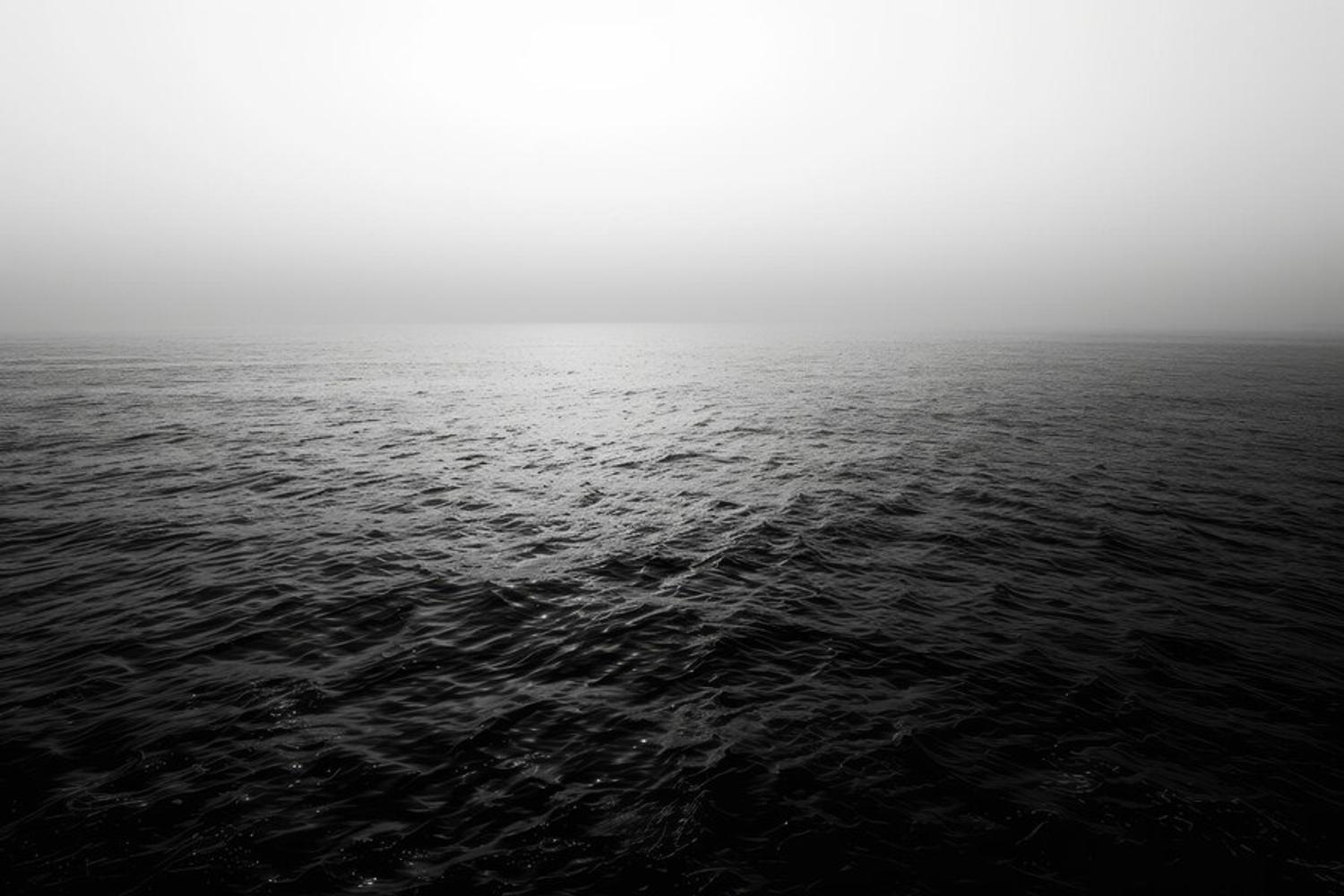
There are more than 400 dead zones throughout the world’s oceans. They are labeled “dead zones” because, in these areas, there is so little oxygen that the water becomes uninhabitable for all marine life and most plant life.
Otherwise known as hypoxia, low oxygen levels are caused by warming water temperatures. And while this can occur naturally, scientists argue that both the number of dead zones and their sizes are growing far more rapidly than they should.
Humans Are Creating Hypoxic Dead Zones
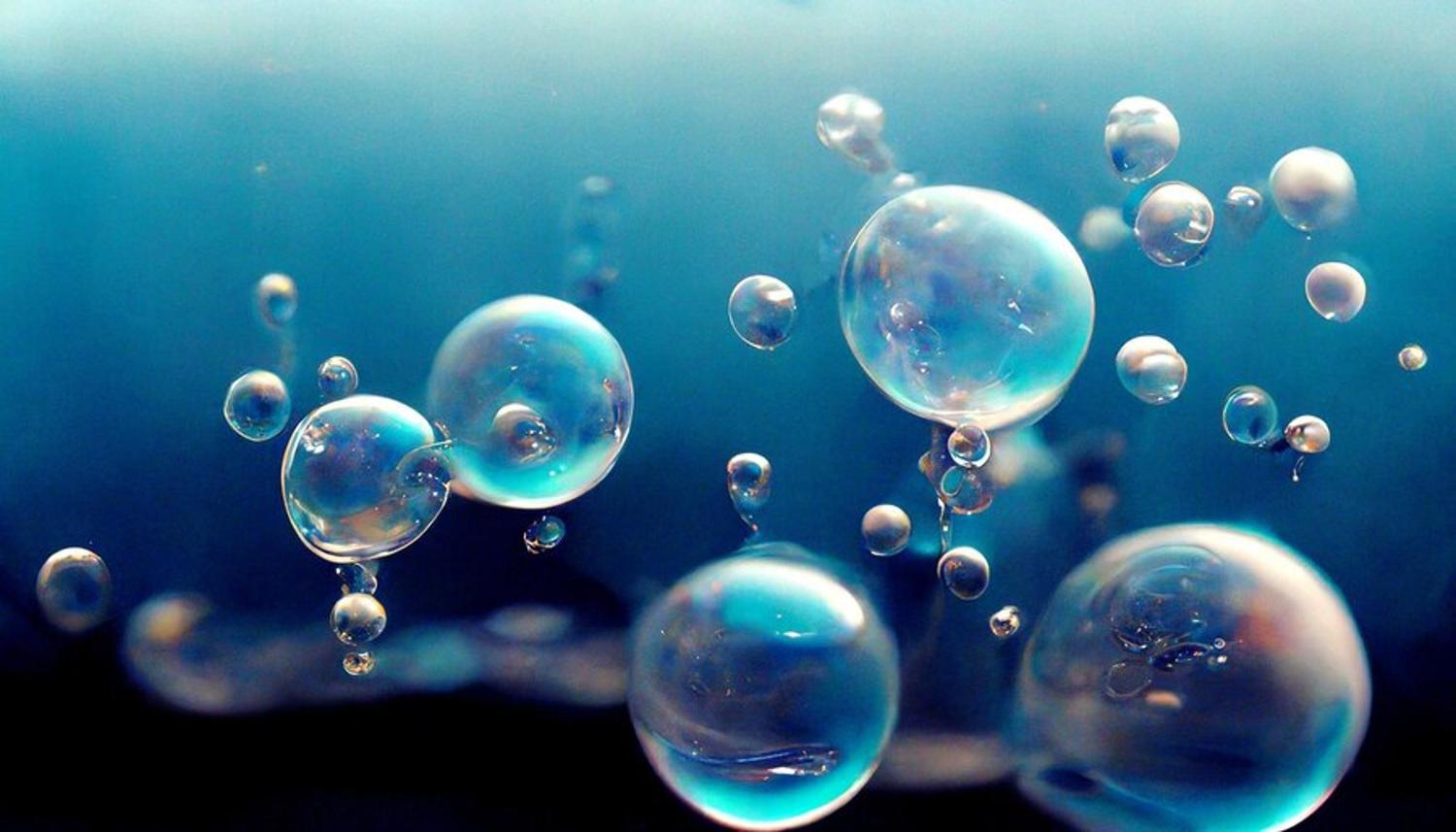
According to the National Oceanic and Atmospheric Administration (NOAA), many physical, chemical, and biological factors contribute to the growth of hypoxic dead zones.
However, the organization, as well as most scientists, agree that human interference is unquestionably the primary cause of the diminishing amount of oxygen in the water.
It’s Not Just Fossil Fuels That Cause Ocean Dead Zones
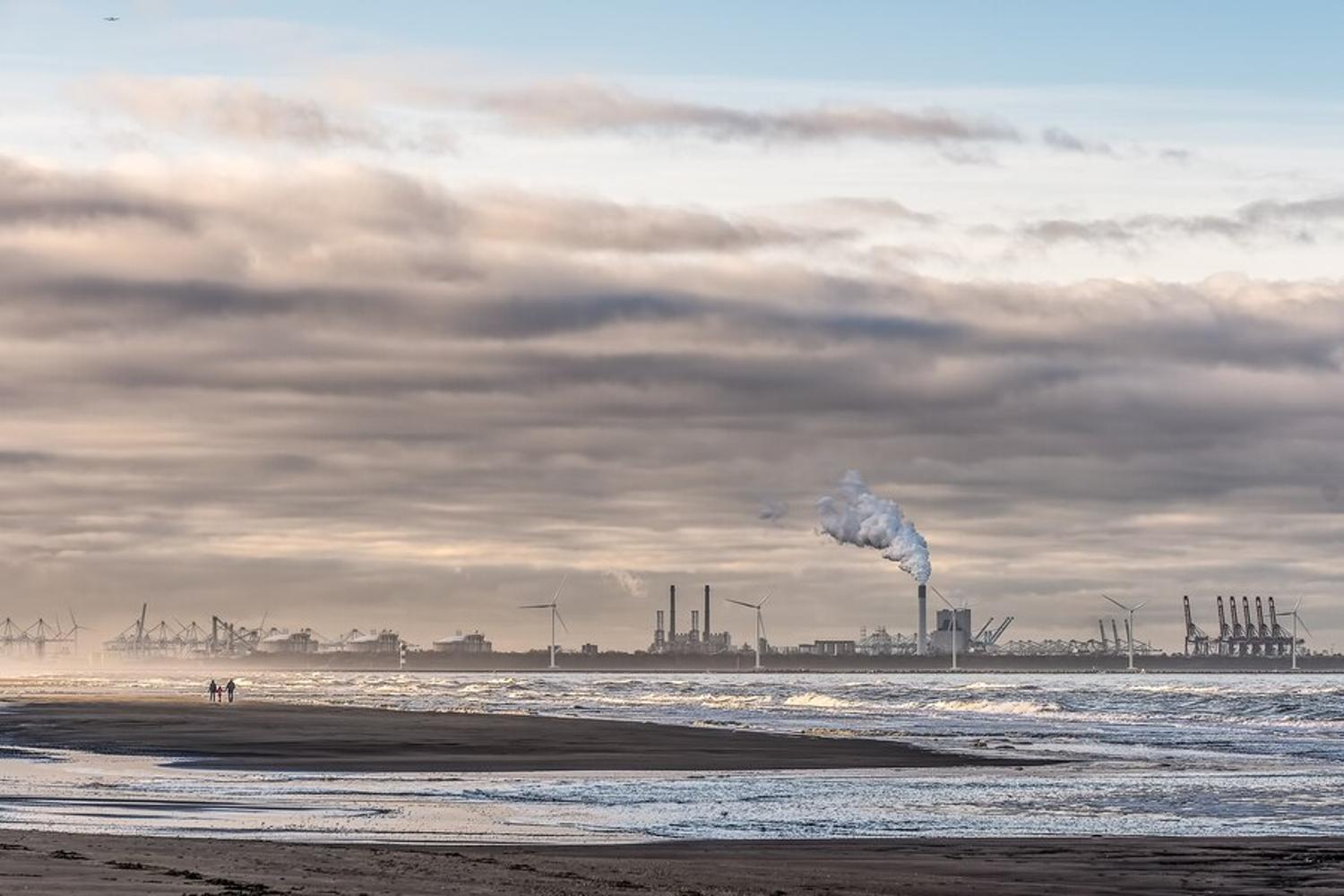
Of course, because warming water temperatures lead to hypoxic dead zones, fossil fuel use, which increases the Earth’s air temperatures, melts giant ice sheets, and warms the oceans, plays a large part in this dangerous phenomenon.
However, the NOAA reports that, actually, “nutrient pollution is the primary cause of those zones created by humans.”
Nutrient Runoff Is a Real Problem
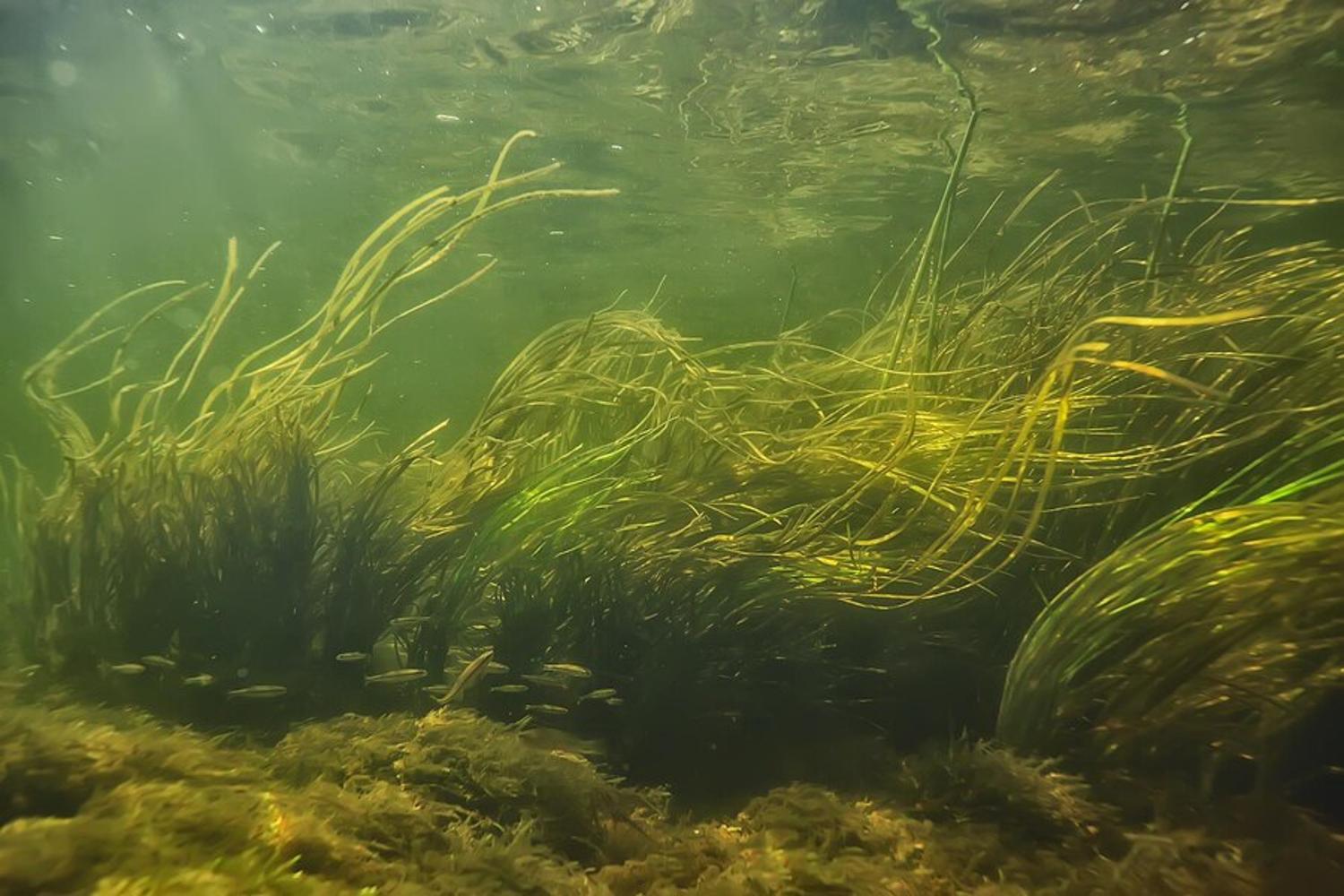
The NOAA explained, “Excess nutrients that run off land or are piped as wastewater into rivers and coasts can stimulate an overgrowth of algae, which then sinks and decomposes in the water.”
They continued, “The decomposition process consumes oxygen and depletes the supply available to healthy marine life.”
The Largest Ocean Dead Zone in the World
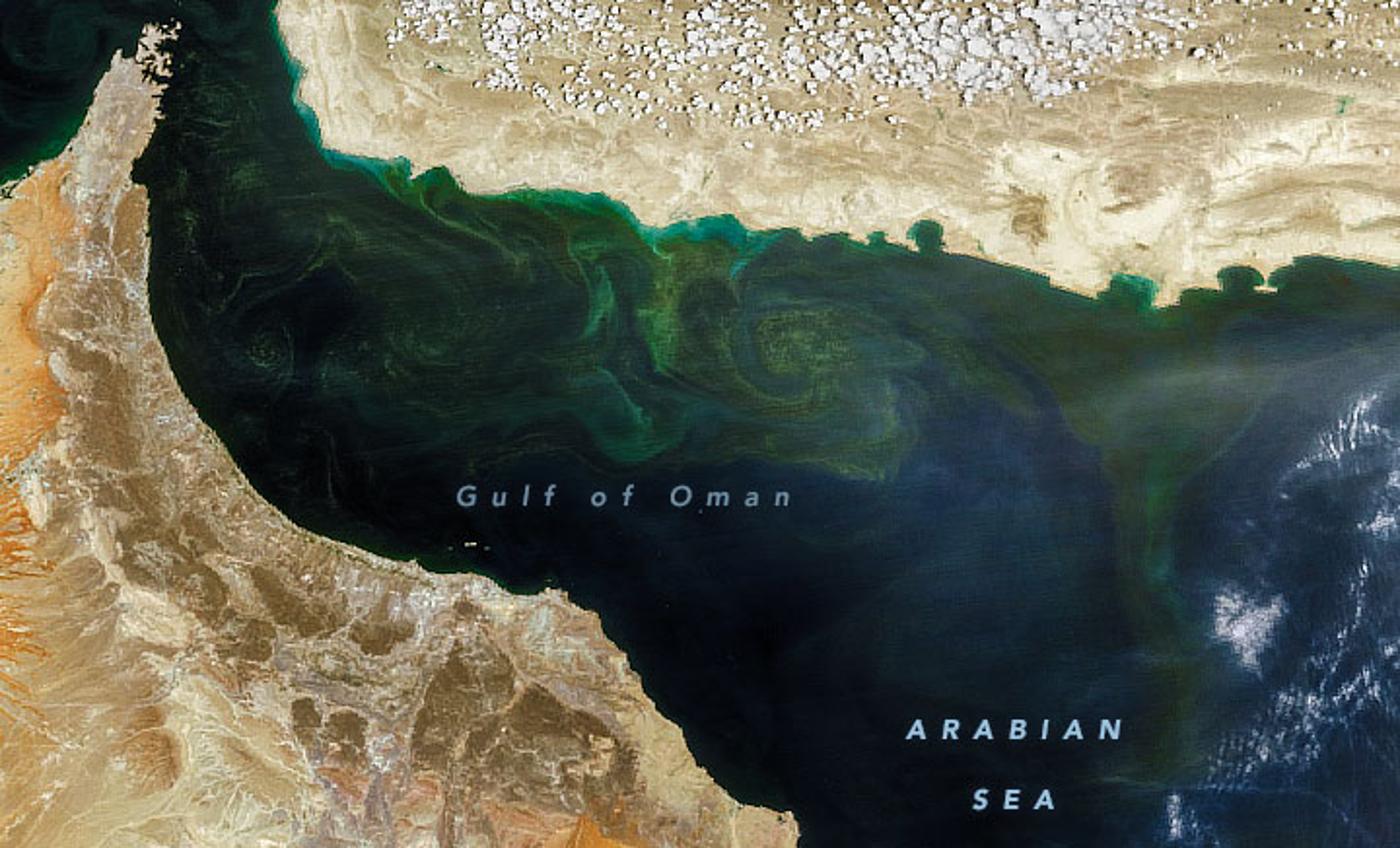
With this information in mind, it makes perfect sense that the largest dead zones in the world sit at the ends of long rivers, where excess nutrients travel downstream into the ocean.
The largest dead zone, covering an almost unbelievable 63,700 square miles, sits in the Arabian Sea in the Gulf of Oman, along the coasts of the United Arab Emirates, Iran, Oman, and Pakistan.
The Second Largest Dead Zone Sits Along the Coast of the United States
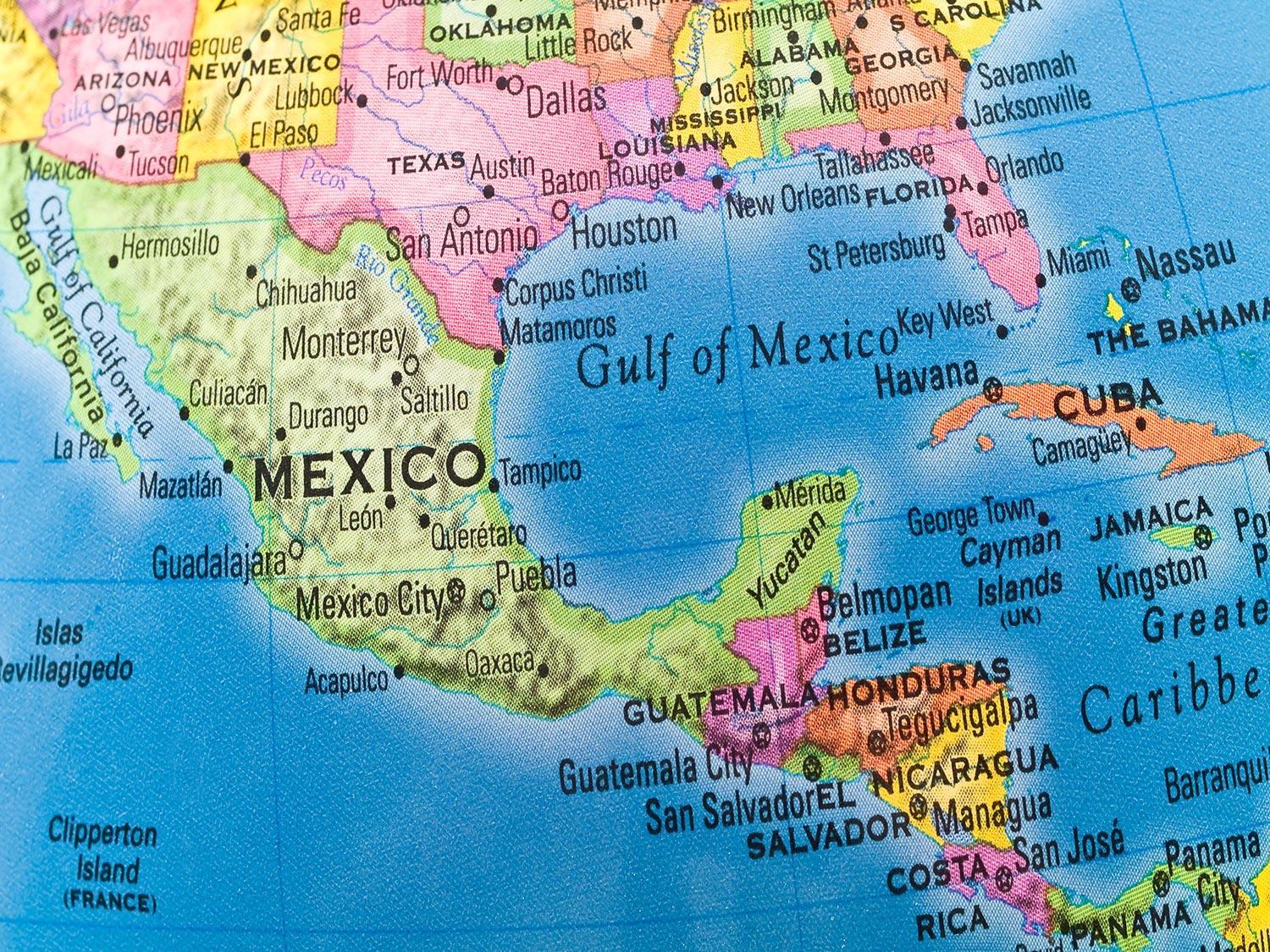
Meanwhile, the second-largest dead zone is only slightly smaller, at 6,705 square miles. It is found in the Gulf of Mexico along the coasts of Florida, Alabama, Louisiana, Mississippi, Texas, and, of course, Mexico.
While the NOAA has been aware of this dead zone for years, the most recent research has shown it has grown far larger than they expected.
Scientists Are Very Concerned About the Dead Zone in the Gulf of Mexico

What’s especially concerning is that the hypoxic zone in the Gulf of Mexico has grown even while experts have been working tirelessly to reduce its growth.
In 2022, the US Environmental Protection Agency (EPA) launched the Gulf Hypoxia Program to reduce the number of nutrients entering the Gulf of Mexico. Since then, the organization has spent a whopping $60 million to diminish the size of the dead zone, but unfortunately, it has only grown in size.
The Mississippi River Is Creating the Giant Dead Zone
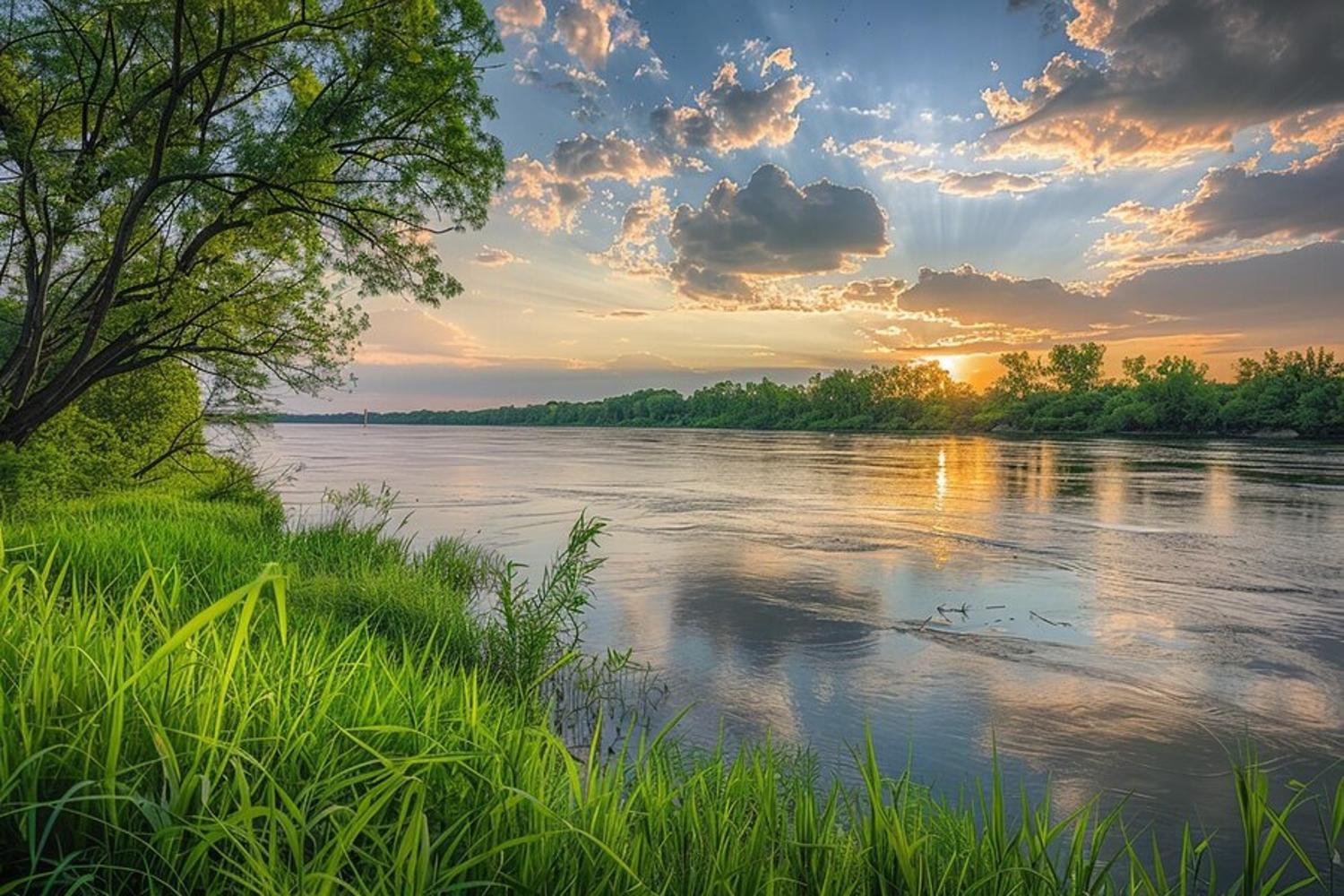
The EPA and the NOAA understand the runoff from the 2,340-mile-long Mississippi River is the major cause of the constant growth of the dead zone in the Gulf of Mexico.
They have noted that, specifically, the leading culprit is agricultural runoff from farmland around the river; when it rains, nutrients and fertilizers in the soil wash into the river and flow directly into the Gulf below.
Why Are Dead Zones so Dangerous?
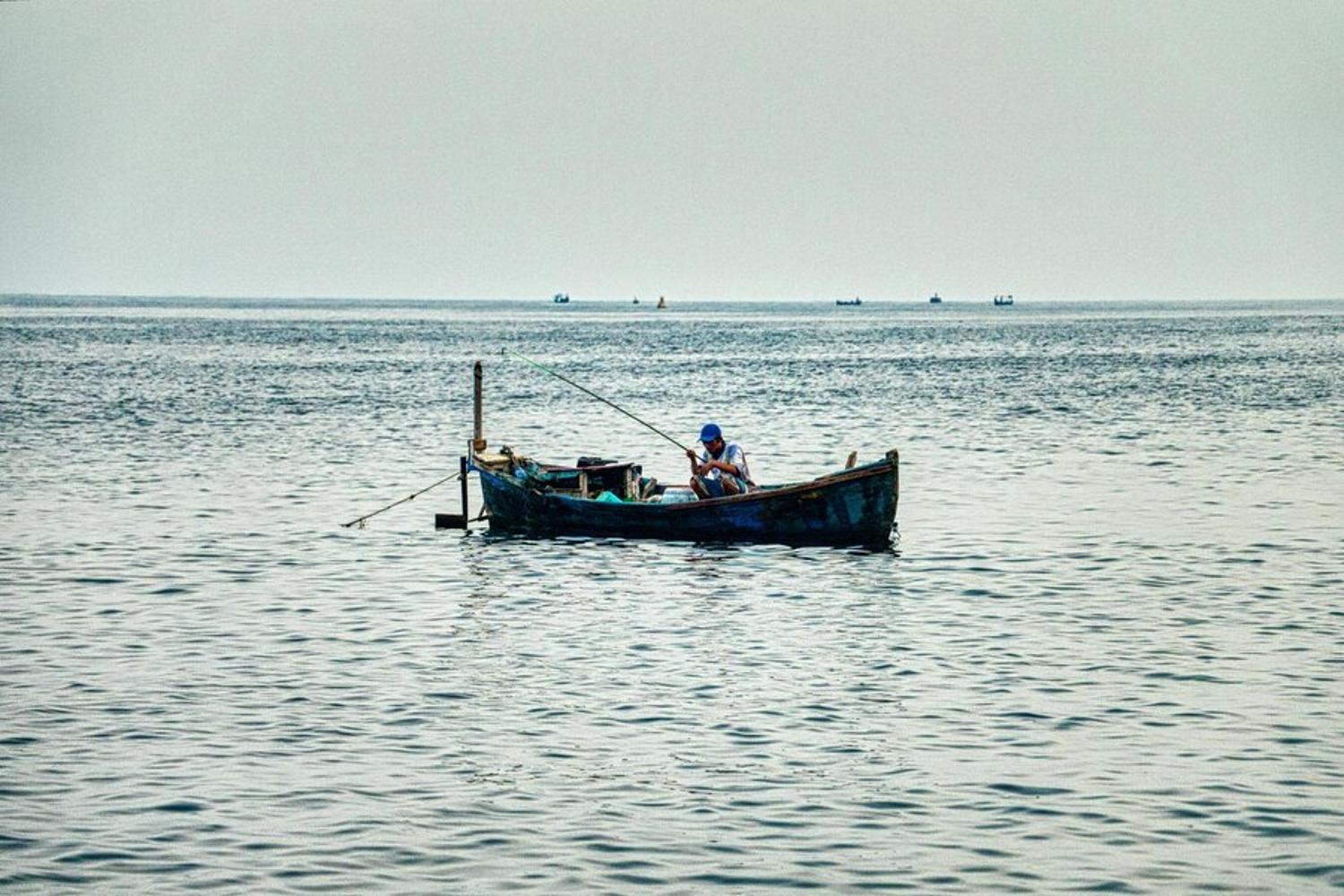
It’s important to understand that ocean dead zones, like the one in the Gulf of Mexico, are dangerous for three reasons: They negatively impact the fishing industry, decrease biodiversity, and pollute coastal waters and air.
One of the most prominent issues is that, without oxygen, fish will either die or leave the area. This means that local and industrial fishing industries in the area will suffer.
Why Is Biodiversity in the Ocean so Important?
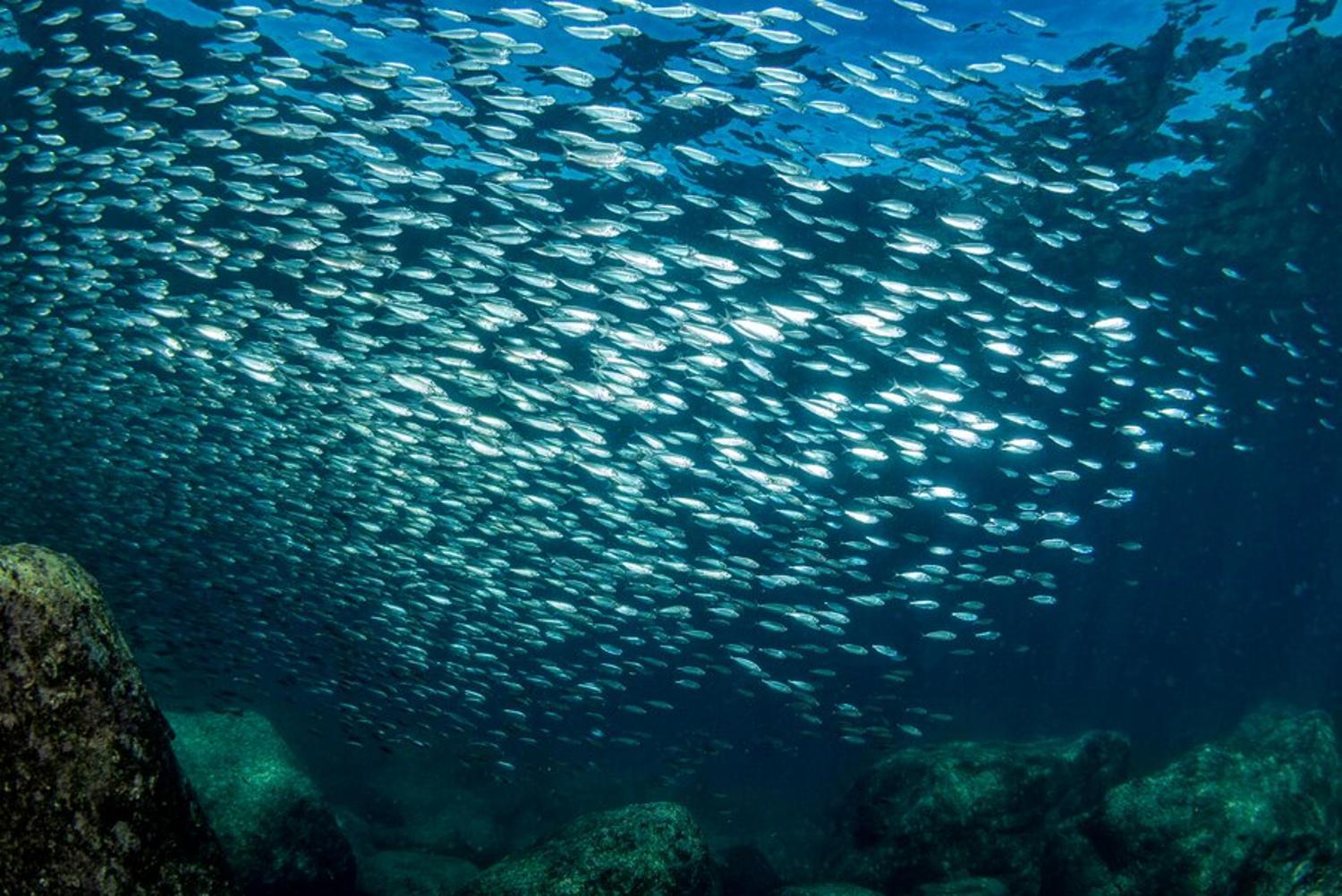
Additionally, the lack of fish in a specific area will also significantly decrease marine life biodiversity. Ocean biodiversity is incredibly important, as without it, more species will go extinct, the remaining species will become less adaptable to environmental changes, and, in general, the natural ocean ecosystems will struggle to function properly.
Therefore, many say that the growing number of dead zones aren’t just being caused by climate change and human error, but they will also increase the negative side effects of this reality for future generations.
Ocean Dead Zones Are Dangerous for Everyone
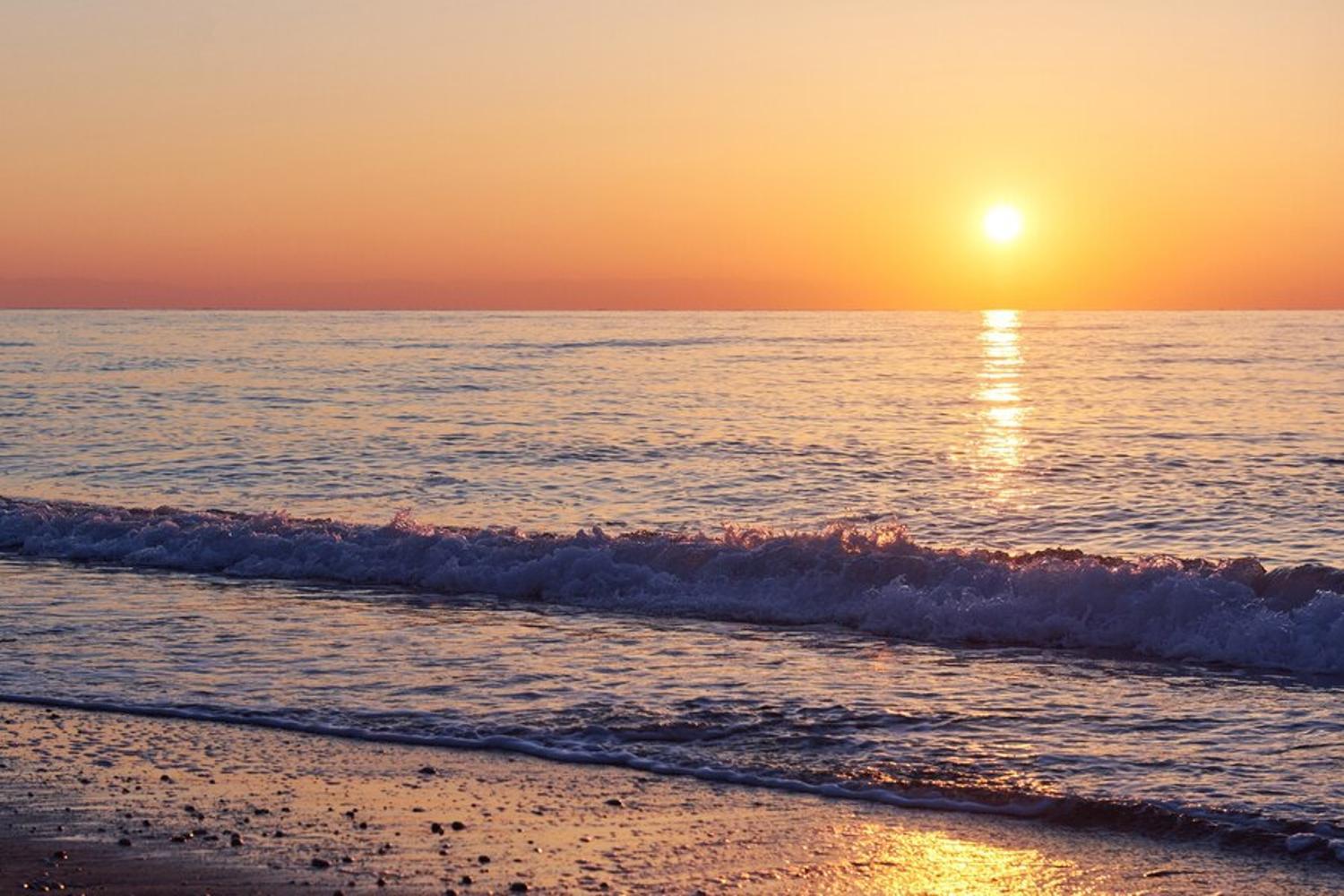
It’s also essential to understand that ocean dead zones, like the one in the Gulf of Mexico, aren’t just dangerous for marine life but for humans as well. The algal blooms in dead zones pollute both the water and the air in the coastal regions around the coast.
Although organizations like the EPA and NOAA are already working to decrease the size of the dead zones around the world, it’s become painstakingly clear that more needs to be done, and soon, if we want to truly curtail this growing problem.








































